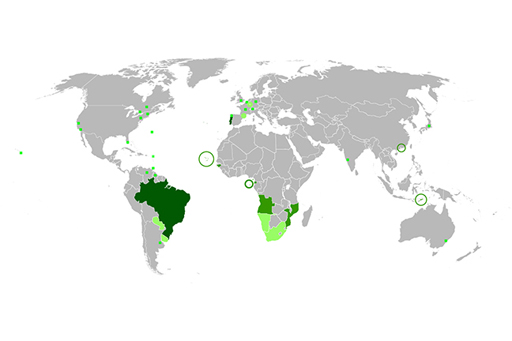2 Writing up the analysis
Once you’ve done your analysis, you may want to record it or share it with others. The best way is to write up what you’ve discovered.
There is no right or wrong way to write up data analysis but the important thing is to present the answers to the questions you had. To keep things simple, I suggest the following structure:
- A descriptive title
- An introduction setting the context and stating what you want to find out with the data.
- A section detailing the source(s) of the data, with the code to load it into the notebook.
- One or more sections showing the processes (calculating statistics, sorting the data, etc.) necessary to address the questions.
- A conclusion summarising your findings, with qualitative analysis of the quantitative results and critical reflection on any shortcomings in the data or analysis process.
You don’t need to explain your code, but it’s helpful to write the text in such a way that even readers who know nothing about Python or pandas can follow your analysis.
You can see how I’ve written up the analysis by opening this week’s project notebook, which you can open in project_1: Deaths by tuberculosis .
In the next section, amend this project to produce your own version.

